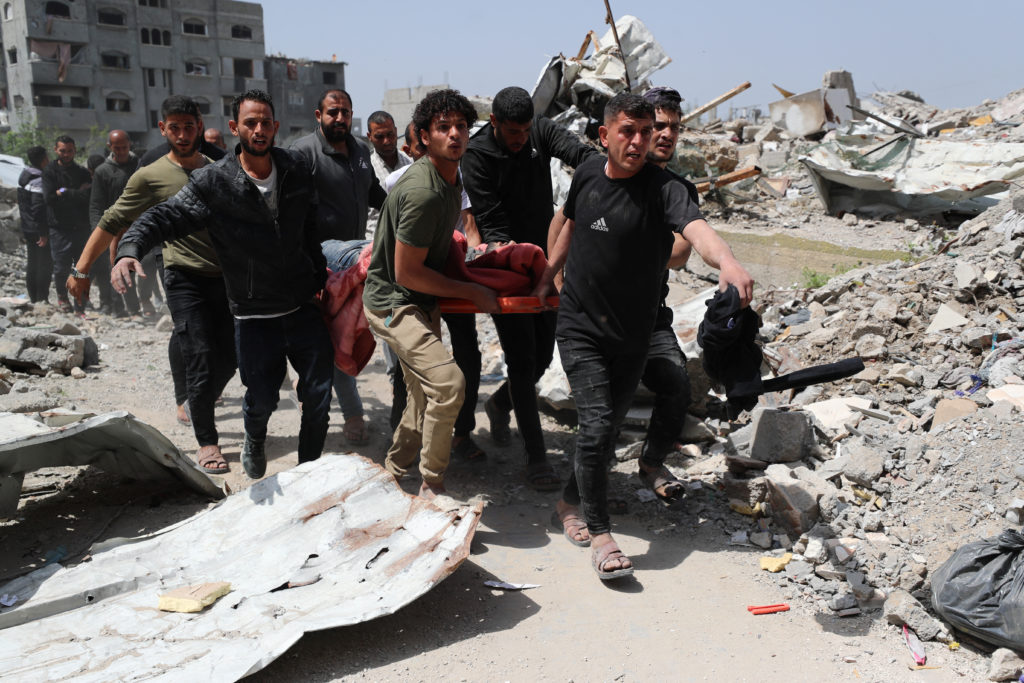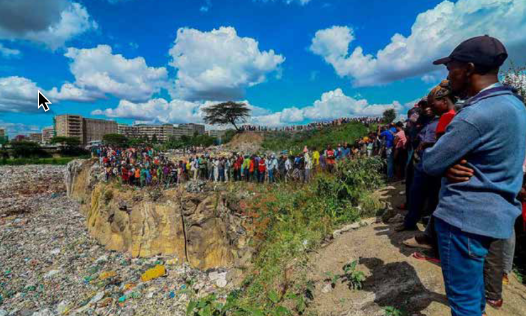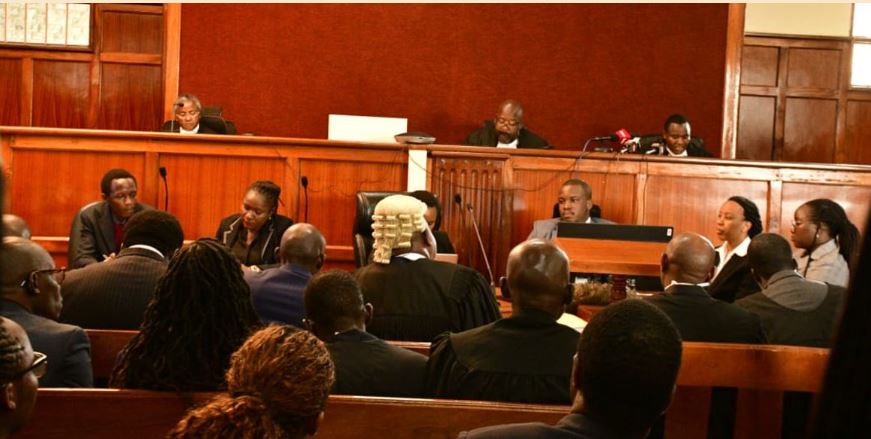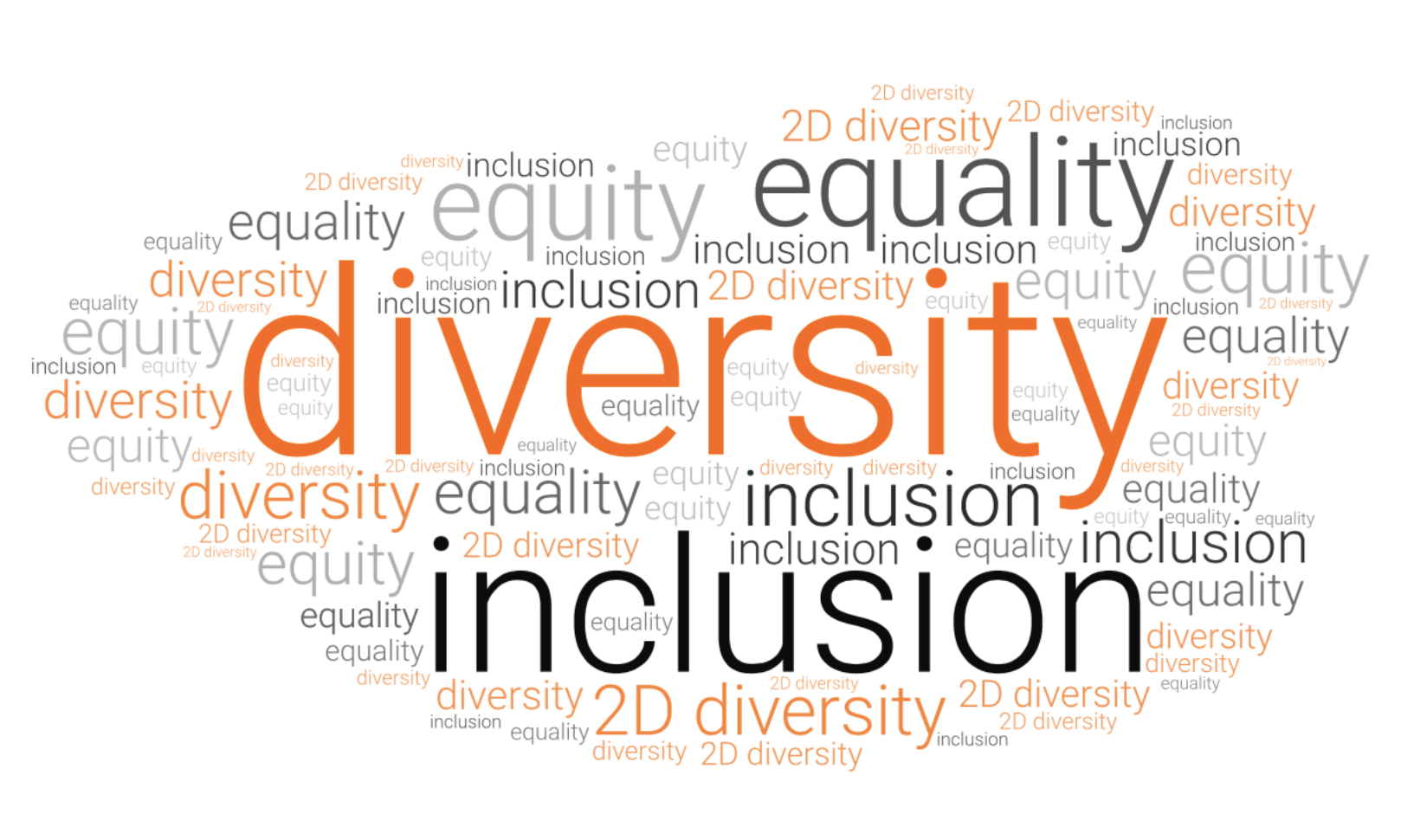The unheard cry: The world's failure in the face of genocide in Gaza
by admin on | 2025-10-02 11:44:12 Last Updated by admin on 2025-12-07 15:47:26
Share: Facebook | Twitter | Whatsapp | Linkedin Visits: 251

In the long, tragic annals of human conflict, certain moments stand as stark testaments to the failure of our collective conscience. The ongoing crisis in the Gaza Strip is one such moment—a humanitarian catastrophe unfolding in real time, backed by mounting evidence of genocide, and met with a paralytic response from a world that vowed \"Never Again.\" For nearly two years, the Palestinian people in Gaza have endured a campaign of destruction that has killed tens of thousands, displaced the vast majority of the population, and deliberately engineered conditions of life calculated to bring about their physical destruction. This is not merely a war; it is a systematic dismantling of a people, witnessed by the world through the lens of international law and moral obligation, yet allowed to continue through a combination of direct support, political inaction, and complicit silence. The world cannot continue to fail in its duty to arrest this problem, for every day of inaction not only costs innumerable lives but also erodes the very foundation of our shared humanity and the international legal order designed to protect it The Legal framework: Defining genocide five genocidal acts defined by the Genocide Convention: To name a situation a genocide is to invoke one of the gravest and legally precise terms in international law. The 1948 Genocide Convention, established in the shadow of the Holocaust, defines genocide as acts \"committed with intent to destroy, in whole or in part, a national, ethnical, racial or religious group.\" These acts include not only killing members of the group but also causing serious bodily or mental harm, deliberately inflicting conditions of life calculated to bring about the group\'s physical destruction, imposing measures intended to prevent births, and forcibly transferring children. The critical, and often most difficult element to prove, is \"dolus specialis\" or specific genocidal intent—the deliberate purpose to destroy the group. This legal definition exists not as an academic exercise, but as a clear line in the sand for humanity—a pledge that such horrors would be identified, condemned, and stopped. The framework is unambiguous: the intent to destroy a group, evidenced by a pattern of actions and statements, is what distinguishes the crime of genocide from other atrocity crimes. As legal scholar Shannon Fyfe notes, proving intent is the most difficult part of any genocide case, requiring that \"genocidal intent must be the only reasonable inference from the available evidence\" . In the case of Gaza, a growing body of evidence from the United Nations, human rights organizations, and legal experts suggests that this line has not only been crossed but systematically erased. The evidence of Genocide: Acts and intent Documented genocidal acts In September 2025, the UN Independent International Commission of Inquiry released a definitive report concluding that Israel has committed genocide against Palestinians in the Gaza Strip. The Commission found that Israeli authorities committed four of the
- Killing on an unprecedented scale: The death toll in Gaza has shocked the world. As of September 2025, over 65,000 Palestinians have been killed, a f igure that includes more than 18,000 children. This averages to 91 deaths per day, representing one out of every 37 people in Gaza. These are not just numbers but lives extinguished, families obliterated, and a future stolen.
- Causing serious bodily and mental harm: The conflict has produced more than 167,000 injured, including over 21,000 children with disabilities and what one report describes as \"the most child amputees per capita in the world\" . The psychological trauma inflicted on an entire generation, living under constant bombardment and displacement, is immeasurable.
- Deliberately inflicting conditions of life calculated to bring about destruction: This is perhaps the most insidious dimension of the genocide. Israel\'s comprehensive siege has blocked life-saving aid, leading to what the UN describes as \"entirely man-made\" famine. A famine was officially declared in the Gaza Governorate in August 2025, with 2.1 million people facing extreme hunger and 470,000 facing \"mass starvation.” The deliberate targeting of Gaza\'s healthcare system—with 84% of health centres destroyed or damaged— and the systematic destruction of its educational and cultural infrastructure, including all 12 of its universities, further illustrates this calculated strategy.
- Imposing measures intended to prevent births: The destruction of the healthcare system has devastated maternal and neonatal care, deliberately creating conditions that prevent the natural continuation of life. Based on reports from September 2025,the catastrophic scale of the crisis in Gaza is defined by several key indicators. The human cost is staggering, with total deaths exceeding 65,000, a figure that includes more than 18,000 children killed. The number of injured stands at least 167,100, reflecting the widespread violence. The displacement is nearly total, affecting 1.9 million people, or 85% of the population. Furthermore, the deliberate imposition of siege conditions has left 2.1 million people facing extreme hunger. The infrastructure essential for survival has been systematically dismantled, with 84% of health centres damaged or destroyed read more...




